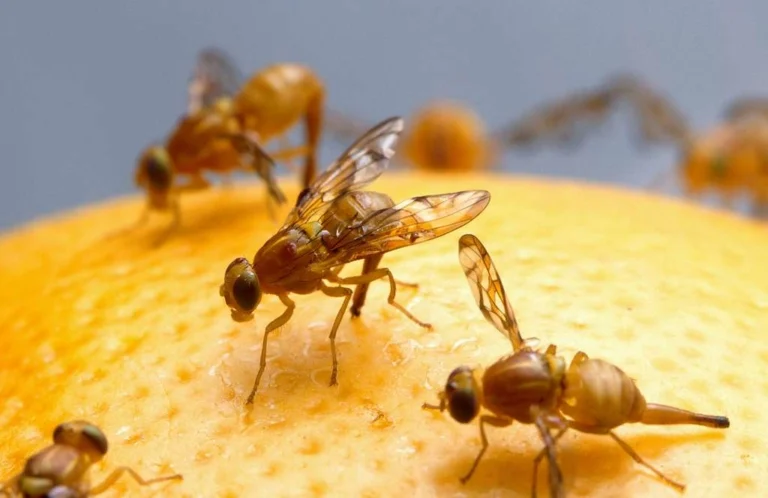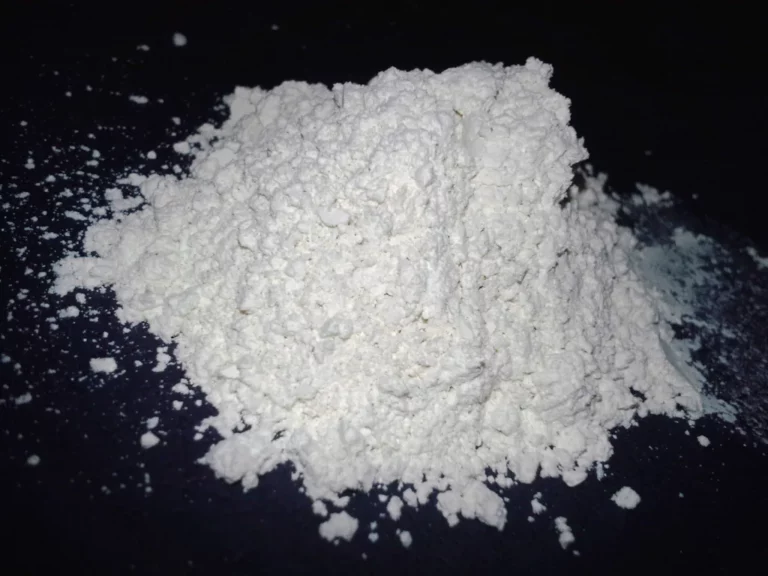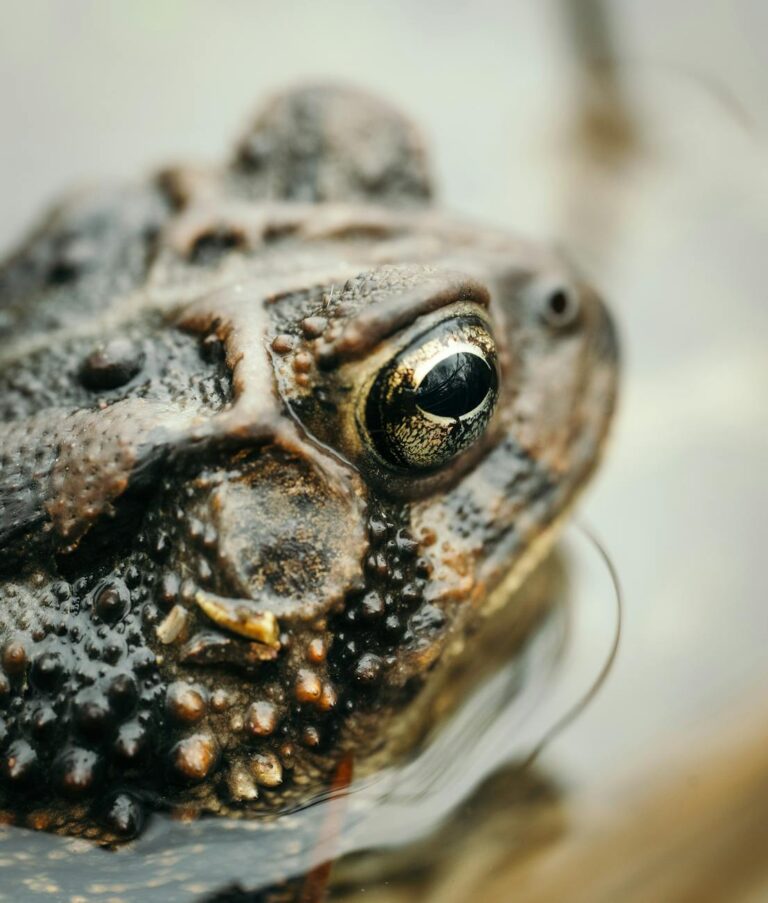Table of Contents
ToggleCrane flies, often mistaken for giant mosquitoes, are a common sight in many parts of the world.
Their large size and long legs can be intimidating, leading to questions about their nature. Are they harmful or harmless? Do crane flies bite?
In this article, we delve into the world of crane flies. We’ll explore their life cycle, diet, and debunk some common misconceptions about these fascinating insects.
Understanding Crane Flies
Crane flies belong to the family Tipulidae. They are found in diverse habitats, from wetlands and meadows to urban areas.
There are over 15,000 species of crane flies worldwide. Despite their varied habitats and species, they share common characteristics and behaviors.
Crane flies play a crucial role in the ecosystem. They act as decomposers and serve as a food source for other animals, contributing to biodiversity.
Appearance and Misconceptions
Crane flies are often mistaken for giant mosquitoes due to their size and long legs. However, this comparison is misleading.
Unlike mosquitoes, crane flies do not bite humans or animals. Their mouthparts are not designed for biting, debunking the common misconception about their harmful nature.
The Life Cycle of Crane Flies
The life cycle of crane flies consists of two main stages: the adult stage and the larvae stage. The duration of each stage varies depending on the species.
Adult crane flies have a short lifespan, typically a few days to a couple of weeks. Their primary purpose is to mate and lay eggs.
The larvae stage, on the other hand, can last from a few months to a couple of years. During this stage, the larvae, known as leatherjackets, live in the soil and feed on organic material.
Adult Crane Flies
Adult crane flies are attracted to light, which is why they are often seen near windows and lamps at night. They do not feed on blood or nectar; some do not eat at all.
Their appearance in large numbers is often due to synchronized hatching and does not indicate an infestation. They are most active during the evening and at night.
Crane Fly Larvae
Leatherjackets, the larvae of crane flies, have a tough skin, earning them their name. They live in soil and feed on decaying plant matter, roots, and other organic material.
In some cases, leatherjackets can cause damage to turf and crops by feeding on roots. However, they can also be beneficial in compost piles by aiding in the decomposition process.
Do Crane Flies Bite?
The question of whether crane flies bite is a common one. Many people fear these insects due to their size and resemblance to mosquitoes. However, the fear of crane fly bites is unfounded.
Crane flies do not bite humans or animals. Their mouthparts are not designed for biting or sucking blood. Instead, they are adapted for mating and laying eggs.
Despite their intimidating appearance, crane flies are harmless. They do not transmit diseases and are not aggressive. Their presence in a home is usually accidental and they do not establish indoor populations.
Crane flies pose no threat to humans during outdoor activities. There is no need to fear them or disturb their natural habitats.
Debunking the Myth
The myth of crane fly bites persists despite scientific evidence to the contrary. Misidentification of crane flies as mosquitoes can lead to unnecessary fear and extermination efforts.
Educating the public about the harmless nature of crane flies can help reduce unwarranted extermination. Public perception of crane flies can be improved through educational outreach and accurate information dissemination.
Crane Fly Diet and Feeding Habits
Adult crane flies do not feed on blood or nectar. In fact, many do not eat at all due to their short lifespan and the lack of functional mouthparts.
On the other hand, crane fly larvae feed on decaying plant matter, roots, and other organic material. Their diet contributes to the decomposition process in the ecosystem.
The Role of Crane Flies in the Ecosystem
Crane flies play a significant role in the ecosystem. They serve as decomposers, breaking down organic material and returning nutrients to the soil. This process aids in the growth of plants and the overall health of the ecosystem.
In addition, crane flies are a food source for other animals. Birds, fish, and other insects prey on both adult crane flies and their larvae. This makes crane flies an integral part of the food chain.
Crane flies also contribute to biodiversity. With over 15,000 species worldwide, they inhabit diverse habitats, including wetlands, meadows, and urban areas.
Natural Predators and Prey
Crane flies and their larvae, known as leatherjackets, have many natural predators. Birds, fish, and other insects rely on them as a source of food. This predator-prey relationship helps maintain balance in the ecosystem.
Despite their size and appearance, crane flies are not aggressive. They pose no threat to their predators and do not have any defensive mechanisms. Their long legs, often mistaken for stingers, are actually used for mating.
Environmental Indicators
The presence of crane flies can indicate the health of an ecosystem. They thrive in wetlands and other areas with high biodiversity. A healthy crane fly population can signify a well-functioning ecosystem.
Conversely, a decline in crane fly populations can signal environmental changes or habitat loss. Conservation efforts for crane flies focus on preserving these habitats and maintaining biodiversity.
Managing Crane Fly Populations
While crane flies are harmless to humans, their larvae can sometimes cause damage to lawns and gardens. Overwatering can attract crane fly larvae due to the moist soil conditions. Therefore, proper watering practices can help prevent an overpopulation of crane fly larvae.
In addition, promoting a diverse ecosystem can help manage crane fly populations. Natural predators such as birds and other insects can keep crane fly larvae in check. Encouraging these predators can be an effective way to control crane fly populations.
Chemical control should be a last resort due to potential environmental impacts. It’s important to remember that crane flies play a role in the ecosystem and should not be exterminated unnecessarily.
Preventing Infestations in Lawns and Gardens
Preventing crane fly infestations in lawns and gardens starts with proper lawn care. Avoid overwatering and maintain a healthy lawn to discourage crane fly larvae. A well-aerated lawn with proper fertilization can help reduce the impact of crane fly larvae.
In addition, promoting a diverse ecosystem can help control crane fly populations. Encourage natural predators such as birds and other insects to keep crane fly larvae in check.
Cultural Practices for Control
Cultural practices such as aeration and proper fertilization can help manage crane fly populations. These practices promote a healthy lawn that can withstand the feeding of crane fly larvae. Remember, the goal is not to eliminate crane flies, but to manage their populations in a way that minimizes damage to lawns and gardens.
Conclusion: Embracing Our Long-legged Friends
In conclusion, crane flies are harmless creatures that play an important role in our ecosystem. Despite their intimidating appearance, they pose no threat to humans or pets. By understanding their life cycle and feeding habits, we can coexist with these long-legged friends and appreciate their contribution to our environment.




